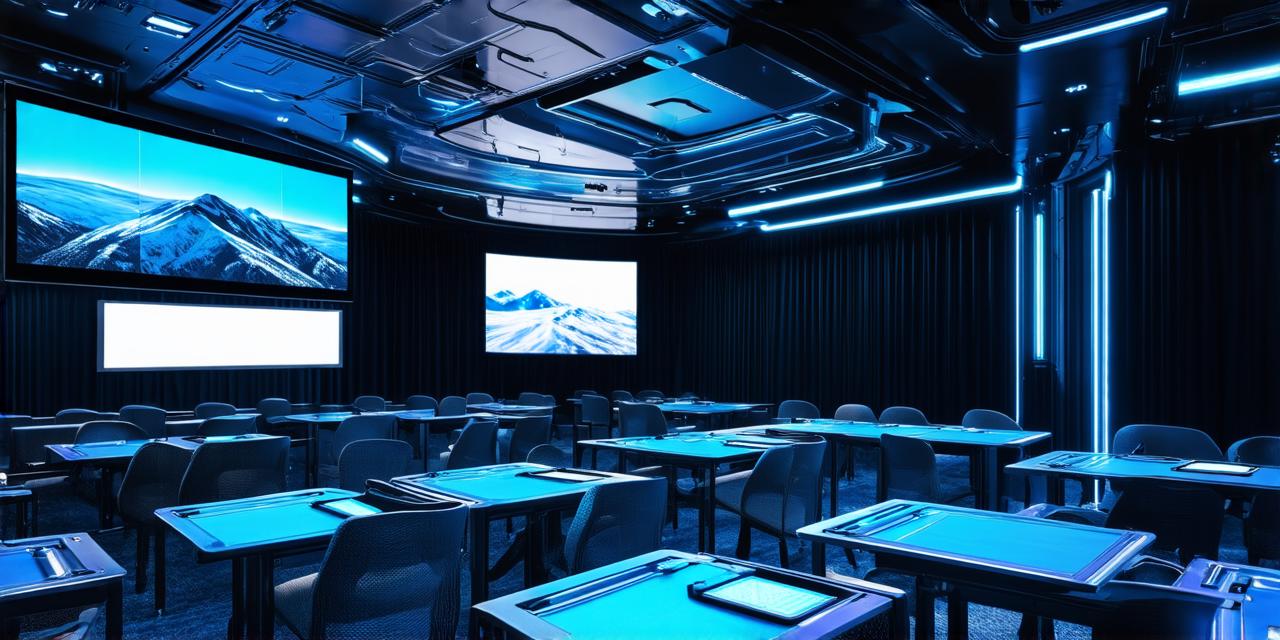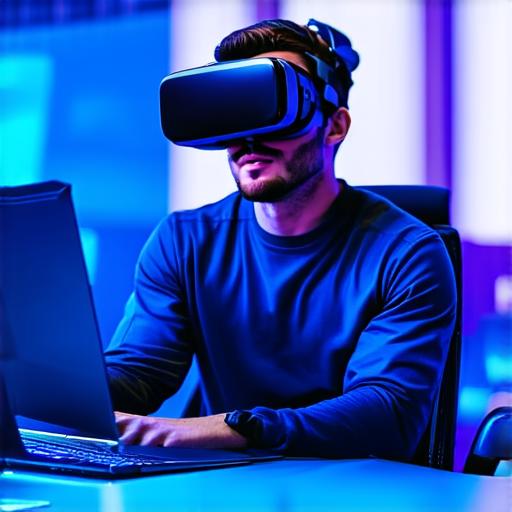
How does virtual reality affect the learning process for students?
Virtual Reality (VR) technology has become increasingly popular in recent years, particularly in the education sector. VR allows students to experience immersive and interactive environments that can enhance their learning experiences.

Improved Engagement and Motivation
One of the key advantages of using virtual reality in education is its ability to increase student engagement and motivation. VR provides a highly immersive experience that can be both fun and interactive, which can help to capture students’ attention and make learning more enjoyable. When students are motivated to learn, they are more likely to absorb information and apply it in their studies.
Enhanced Visualization and Understanding
Virtual reality technology allows students to visualize concepts and ideas in a way that is not possible with traditional teaching methods. For example, VR can be used to simulate real-world scenarios, such as conducting experiments or exploring historical events. This can help students to gain a deeper understanding of complex subjects by allowing them to experience them firsthand.
Improved Retention and Memory
Research has shown that immersive experiences, such as those provided by virtual reality, can improve retention and memory in students. When students are fully engaged in an activity, they are more likely to remember the information they have learned. This is particularly useful for subjects that require a lot of memorization, such as science or history.
Increased Collaboration and Communication
Virtual reality technology can also promote collaboration and communication among students. For example, VR can be used to create virtual classrooms where students from different parts of the world can work together on projects. This can help to foster teamwork skills and improve communication among students.
Accessibility and Cost-Effectiveness
Virtual reality technology can also be more accessible and cost-effective than traditional teaching methods. For example, VR simulations can be used to replace expensive equipment or field trips, which can save schools money. Additionally, VR technology can be accessed from anywhere with an internet connection, making it easier for students who may not have access to certain resources in their physical location.
In conclusion, virtual reality technology has the potential to significantly enhance the learning process for students. By improving engagement, motivation, visualization, retention, collaboration, and communication, VR can help students to better understand complex concepts and ideas. As VR technology continues to evolve, we are likely to see even more innovative uses in education in the future.


